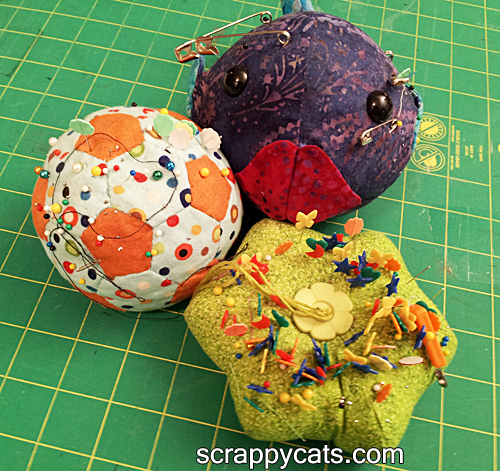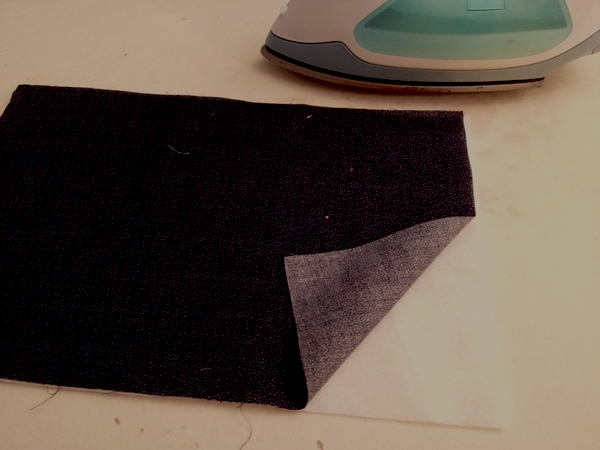T-Day Tips
You can never have too many pincushions!
There should be a pincushion everywhere you go with your sewing.
- Your cutting area
- At the sewing machin
- the ironing board
- by your recliner for when you do handwork
- by the washing machine
Need I say more?
I bet you can thing of other places as well. And while I am on the topic of pincushions, you need some for needles as well. See the fishie pincushion in the pic below? I use the fins and lips for needles. The green pincushion could have a felt leaf or two under the button to hold needles, but the ball pincushion pattern would not have a place for them. Just something to think about.




